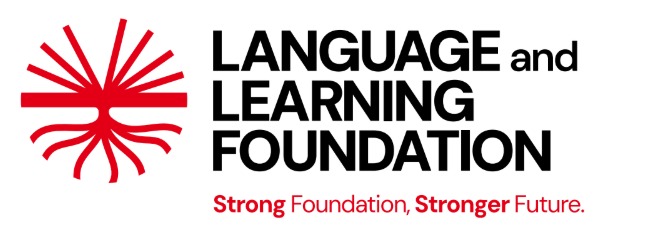When resources are shrinking, what does it take to keep learning outcomes rising? This was the question that framed a high-level conversation at the Blavatnik School of Government at the University of Oxford. The event was organised by the What Works Hub for Global Education (WWHGE). It brought together global education leaders to discuss the theme: “Maximising impact when resources are tight: implementation and evidence use in education.”
Maximising Impact When Resources Are Tight: Notes from WWHGE’s Community of Practice Event

Shafali Chadha
Language and Learning Foundation
31st Oct 2025
When resources are shrinking, what does it take to keep learning outcomes rising? This was the question that framed a high-level conversation at the Blavatnik School of Government at the University of Oxford. The event was organised by the What Works Hub for Global Education (WWHGE). It brought together global education leaders to discuss the theme: “Maximising impact when resources are tight: implementation and evidence use in education.”

Among the invited speakers was Dr. Dhir Jhingran, Founder and CEO of the Language and Learning Foundation (LLF), who was joined by – Noam Angrist (What Works Hub for Global Education, University of Oxford), Jonathan Stern (Gates Foundation), Titus Syengo (Teaching at the Right Level Africa), Anustup Nayak (Central Square Foundation), Armando Ali (The People’s Action for Learning Network), Marla Spivack (World Bank), Rachel Hinton (UK’s Foreign, Commonwealth & Development Office), and Michelle Kaffenberger (What Works Hub for Global Education, University of Oxford).
The discussion opened with an image of two shrinking bubbles; one for research, one for practice, and a small, overlapping space in between. That intersection, the moderator noted, is where impact truly lives and where evidence meets the messy realities of classrooms. As both research and implementation budgets shrink globally, the challenge is to expand that intersection and to embed evidence inside government systems rather than run short-lived, parallel projects.
Dr. Dhir began by grounding the discussion in LLF’s experience from India. As a country where education systems operate at an unmatched scale, every percentage point of learning improvement in India touches millions of children. Dr. Jhingran shared how LLF works through government structures to influence classroom practice at scale.
He outlined four examples from LLF’s work with the government at scale that demonstrate how system strengthening can be achieved with modest resources:
- Mid-tier Leadership:
State and district education officers can play a crucial role in teacher mentorship. LLF’s approach redefines their role to include instructional leadership. Training programmes for these officials are now differentiated by need, based on self- and external assessments, and encourage them to focus on supporting teachers’ classroom practice. - Focus on high-impact classroom practices:
Indian teachers receive dozens of sometimes contradictory directives. LLF works with states to simplify this into a handful of evidence-based “must-do” practices. For example, ensuring that children spend more time reading independently and in pairs, or shifting numeracy instruction from rote counting to number sense and place value. - Ensuring better preparation at each level of the Cascade model:
For instance, in states like Uttar Pradesh, with over 450,000 primary teachers, in-person training cascades start with around 50 master trainers. It is imperative to ensure that we are well prepared at every level of this training and mentorship. LLF supports governments to make these cascades demonstration-rich, practice-based, and interactive with live modelling of effective teaching, microteaching, and peer feedback. - Using existing touchpoints for learning support:
Monthly cluster meetings and block-level reviews, which already exist in the system, are being redesigned by our team as academic support spaces. Teachers discuss student work, analyse data, and plan next steps. Dashboards are reviewed regularly at the block and district levels, and follow-up actions are documented and tracked.

Furthermore, Dr Dhir stressed the importance of strengthening individual as well as institutional capacity and concentrating on struggling students, or the learners at the bottom quartile, at the level of the classroom itself, instead of running separate remediation programmes. Last but not the least, it is vital to use children’s familiar language in linguistically diverse contexts like India to improve and better foundational learning at scale.
When asked about the cost-effectiveness of the examples shared, Dr Dhir talked about how LLF’s embedded model adds minimal additional cost. At the state level, small technical teams support existing departments, while at the district level, demonstration projects typically account for just 5–7% of the government’s own FLN budget (excluding salaries). This makes the approach not just cost-effective but also politically feasible.
The panel converged on a key principle: sustainability depends on alignment.
Evidence must not sit in silos. It needs to travel through relationships, feedback loops, and institutional capacity.
Watch the full discussion: View on YouTube
